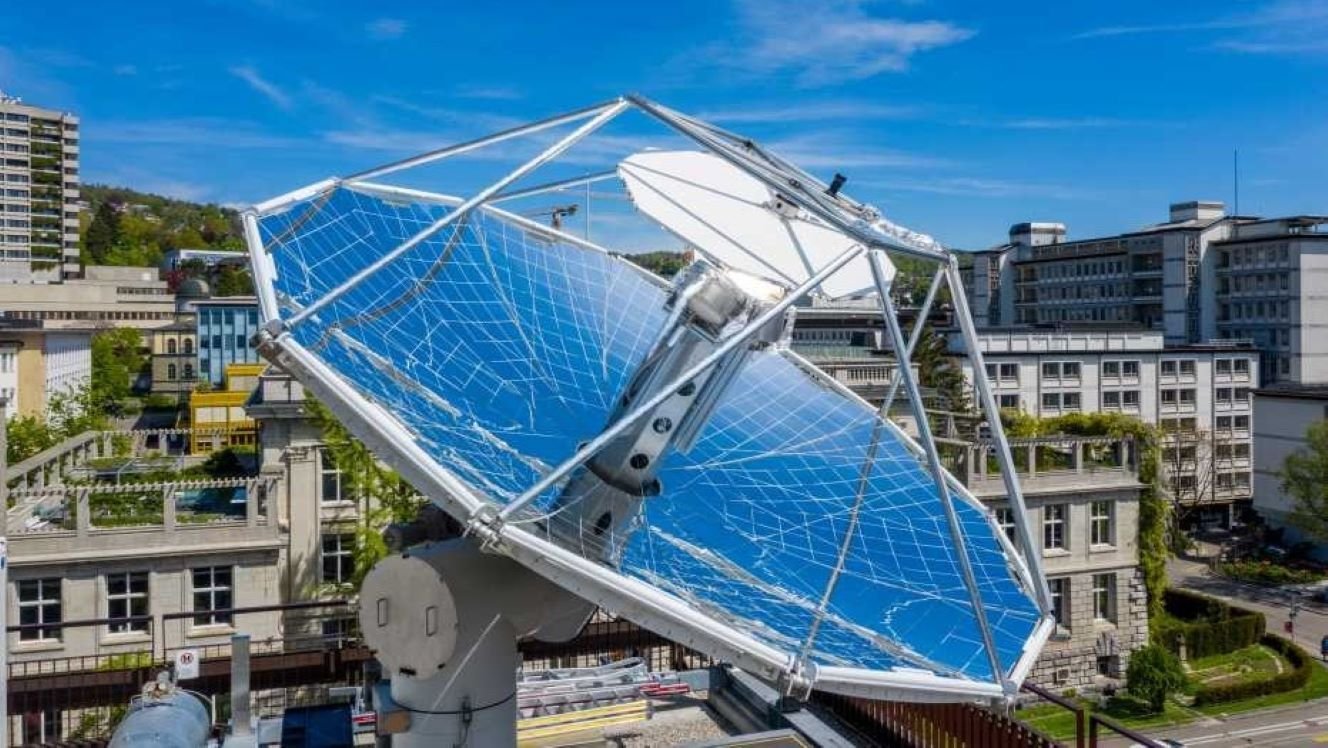
Archive
- October 2025
- September 2025
- August 2025
- July 2025
- June 2025
- May 2025
- April 2025
- March 2025
- February 2025
- January 2025
- December 2024
- November 2024
- September 2024
- July 2024
- June 2024
- May 2024
- April 2024
- March 2024
- December 2023
- November 2023
- October 2023
- September 2023
- August 2023
- July 2023
- June 2023
- May 2023
- April 2023
- March 2023
- October 2022
- April 2022
- March 2022
- December 2021
- November 2021
- September 2021
- August 2021
- March 2021
Case Study
In this study we examine the impact of integrating a fleet of Enoda PRIME® Exchangers (“Prime Exchangers”) coordinated by Enoda ENSEMBLE™ into the Texas grid through the Business As Usual (“BAU”) case.
BAU operation of around 25,000 400kVA Prime Exchangers can allow for reduction of up to 3,855.8 tonnes of CO2 in the Regulation-Up market (“RegUp”) on June 21st, 2023. This fleet of 25,000 devices would have been sufficient on this day to completely saturate the regulation up market.
Such a fleet would have reduced carbon emissions of just one of the frequency and ancillary services, RegUp, by 54%, and would also enable Texans to benefit from Enoda’s ability to provide these services at lowest marginal cost.

The Review of Electricity Market Arrangements (REMA) Consultation and ENODA’s Response
ENODA’s response in full to the review of Electricity Market Arrangements consultation. We have largely focussed on areas we believe need to be amended in order to take full advantage of new, effective technologies like Enoda’s Prime. For this reason, we have focussed on those sections which look at balancing and ancillary services markets and given no opinion on questions of investment in or acceleration of low-carbon generation.

How Enoda’s technology can help address Greenhouse Gas Scope 1, 2 and 3 emissions
Enoda’s HERA® technology can help to drive down Scope 1, 2 and 3 emissions across industries, including the difficult loads identified above; therefore, the technology is capable of truly driving Net Zero outcomes in our lifetime.

What happened to the UK’s electricity balancing markets during Covid restrictions?
A legacy grid design, to be simultaneously reliable, affordable, and sustainable, requires solutions from first principles innovation to be fit for purpose in a Net Zero future. The total value of the Balancing Markets more than doubled during the 2019-2021 period

The challenges on our energy security with the expansion of renewables and its implications for battery supply chain
As renewable energy targets are brought forward to lessen dependence on Putin’s pipelines, consideration must also be made for holes in our domestic energy security, and how we can design a system that maintains stability and energy security while still delivering energy that is affordable and green. Increasingly batteries are being used not only for EVs, but to stabilise the grid itself.

Russia will dominate energy security until the grid is fit for renewables
Coal is political and environmentally untenable. Nuclear is politically unpalatable in many places, unaffordable, and following Russia’s attack on the Zaporizhzhia, Europe's largest nuclear plant, an unacceptable security risk. The inflexibility of nuclear power station output also makes nuclear difficult to integrate with the variable demand of electric vehicles. I worry that many countries will sacrifice their climate goals to achieve security through a system that combines electrification of transport and coal-fired power. We do not have to do this.

Energy regulators seem to expect Christmas all year
Across the world, the public have been promised that they will be able to benefit from the falling price of renewable energy, but they have been misled. Regulators and politicians acted with the best possible motives as they sought to provide cheap and green energy, but many people failed to understand the true underlying dynamics of a system dominated by renewable energy. In moving from a system where supply could easily adjust to follow demand to one where supply would be driven by the weather, policymakers appear not to have properly accounted for the value of the stability services provided by thermal generation, nor the cost of provisioning stability for a system based on renewables.

COP26 winners and why the most important recent climate success wasn’t in Glasgow
A week on from the close of festivities in Glasgow, I want to look at some of the winners and losers and why COP26 may not have been the most important thing that happened to the climate this autumn.

Why dynamic harmonisation of energy systems is the key to the next phase of decarbonisation
Electrification with renewables will be the primary mode of the energy transition, and its weaknesses are causing the transition to stall. It’s time to discover dynamic harmonisation, the means by which we can optimally integrate multiple modes of energy and the work that it powers.

To unlock the energy transition, see electricity as a wave, not a commodity
This is the third in a series of reports on understanding the energy transition. Previous reports have looked at the roles of oil and hydrogen. This one looks at the role of the electricity grid and why our conception of value in the electricity system is holding back the energy transition.

Hydrogen will be a cornerstone of the energy transition, but doesn’t replace oil
Hydrogen has a cornerstone role to play in the next round of the transition. The question is where hydrogen will outcompete other modes, like electricity and refined petroleum.

Looking for the next Tesla? Skip EV; start where Nikola Tesla left off: The grid
The world will need many more companies that manufacture wind turbines, deploy renewables at scale and manufacture EVs. But Vestas, Ørsted and Tesla have shown the way by identifying the problem and proving the technology and the business model. The next Tesla, whether a disruptive new entrant like Tesla itself or an established company that successfully reinvents itself like Ørsted, will need to do the same for the next problem in the energy transition.

